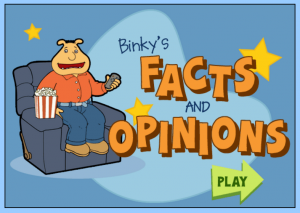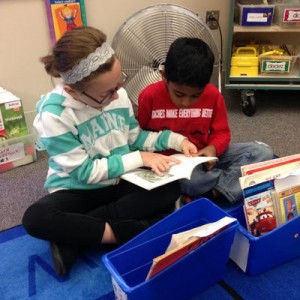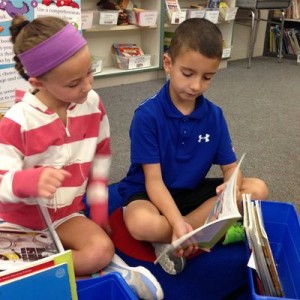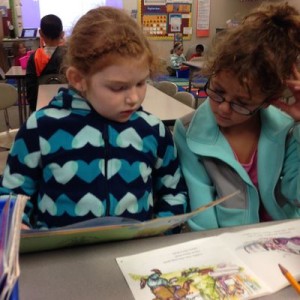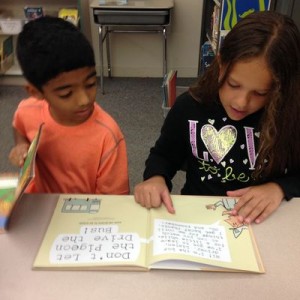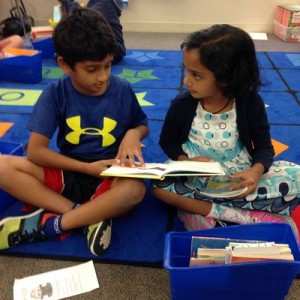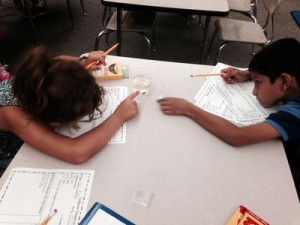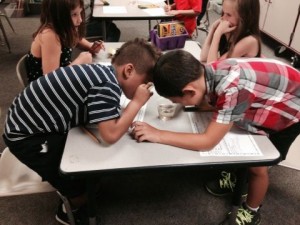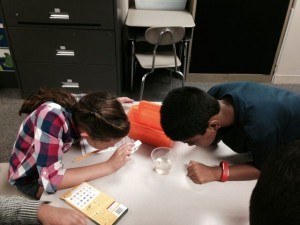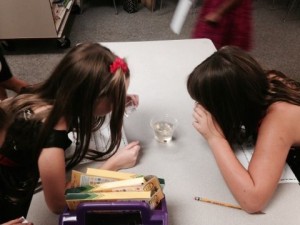Posted by kavery508 | Posted in Uncategorized | Posted on September 19, 2016
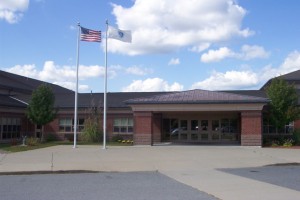
I hope to see you on Wednesday at Curriculum Night. The evening starts in the cafeteria at 6:45. It’s a night for grownups only, please! When you enter our room (across from the cafeteria in the main hallway, #264), come say hello and look around. Once we’re settled, I’ll share with you elements of our curriculum, especially the big ideas in reading, writing, and math in grade 2. I’ll also show you some features of our blog that can be a big help at home. Finally, I’ll do my best to leave time for questions–though you can contact me with them anytime! Please contact me separately if you’d like to discuss your child’s progress–with 40 people around that night, I get very awkward about discussing individual students. <“) If you are unable to come that night, I will send home a copy of the packet we’ll be using (which will contain our class contact list) and available Conference times.
Field Trip: There is room for more parents to chaperone our Trip to OSV on Friday, 10/14. The time commitment is 8:45-2:45. Please contact me if you plan to join us.
Homework: 1) Math homework begins next week, 9/26. There will be nightly assignments, M-Th, and 2 optional challenges weekly. 2) Math Facts homework begins the week after, 10/3. This involves nightly practice and a quiz every Friday. 3) Reading homework begins the following week, 10/10. Students read every night and complete a reading log to be returned Fridays. More detailed information on homework will be provided on Curriculum Night and in our blog over the next 3 weeks!
 Our Daily 5 CAFE focus this week is on activating schema and making connections when we read (part of Comprehension). These are HUGE strategies for young readers. Schema is what a reader understands about anything in life. We have schema about topics like making friends, seasons of the year, and so on. We also have schema for how to solve problems, and how we approach reading. Sometimes our schema is correct and sometimes it contains misunderstandings, which we learn to correct by reading and thinking. We therefore teach young readers to recognize what their schema is telling them and to use it as an access point to understanding what is read by making connections to it. Questions to ask your child during reading (either aloud to him/her or when s/he is reading): What do already know about ____ and what do you wonder? What does that remind you of in your life? This kind of thinking can help students understand characters, plot, and information better. More info is at Reading Rockets, a terrific literacy site for teachers and parents:http://www.readingrockets.org/article/29200/
Our Daily 5 CAFE focus this week is on activating schema and making connections when we read (part of Comprehension). These are HUGE strategies for young readers. Schema is what a reader understands about anything in life. We have schema about topics like making friends, seasons of the year, and so on. We also have schema for how to solve problems, and how we approach reading. Sometimes our schema is correct and sometimes it contains misunderstandings, which we learn to correct by reading and thinking. We therefore teach young readers to recognize what their schema is telling them and to use it as an access point to understanding what is read by making connections to it. Questions to ask your child during reading (either aloud to him/her or when s/he is reading): What do already know about ____ and what do you wonder? What does that remind you of in your life? This kind of thinking can help students understand characters, plot, and information better. More info is at Reading Rockets, a terrific literacy site for teachers and parents:http://www.readingrockets.org/article/29200/
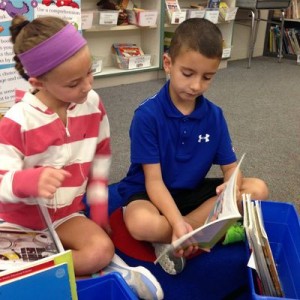 The kids have been doing an awesome job at partner reading! In addition to working cooperatively, they have learned how to coach each other during reading by giving their partners time, or by helping them by teaching them what they know about decoding texts! This week, students will learn to summarize sections of text by retelling what they heard their partners read.
The kids have been doing an awesome job at partner reading! In addition to working cooperatively, they have learned how to coach each other during reading by giving their partners time, or by helping them by teaching them what they know about decoding texts! This week, students will learn to summarize sections of text by retelling what they heard their partners read.
 Also this week, students are being introduced to Opinion Writing. This genre is at the heart of most professional writing as we know it, in which an author presents arguments backed up with evidence. To begin with, students will be taught the difference between fact and opinion; how to craft an introduction and opinion; how to use an outline to scaffold their writing; and how to write in complete sentences with correct punctuation and capitalization. We tried a fun game from pbskids.org you can play at home on Facts and Opinions! (click on picture to link to page)
Also this week, students are being introduced to Opinion Writing. This genre is at the heart of most professional writing as we know it, in which an author presents arguments backed up with evidence. To begin with, students will be taught the difference between fact and opinion; how to craft an introduction and opinion; how to use an outline to scaffold their writing; and how to write in complete sentences with correct punctuation and capitalization. We tried a fun game from pbskids.org you can play at home on Facts and Opinions! (click on picture to link to page)
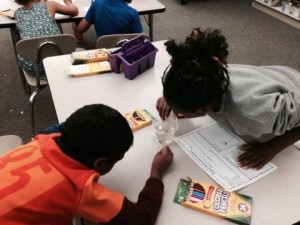 In Science, students have begun thinking like scientists! Our term 1 focus on structures of living organisms began with observations of tadpoles. Students learned to closely examine and draw realistic pictures; describe what they see with words; and ask questions that will guide further exploration. Cool!
In Science, students have begun thinking like scientists! Our term 1 focus on structures of living organisms began with observations of tadpoles. Students learned to closely examine and draw realistic pictures; describe what they see with words; and ask questions that will guide further exploration. Cool!
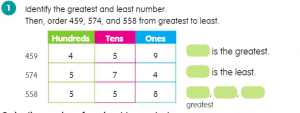 Our first math unit is all about understanding numbers to 1,000. This week, students will continue to use Base 10 to further that understanding by ordering 3-digit numbers according to their hundreds, tens, and ones. Also this week, students will take their first test! Tests will be scored and sent home along with a document that explains which questions were testing mastery of a skill/concept, and which were looking to see if students could apply skills at higher levels.
Our first math unit is all about understanding numbers to 1,000. This week, students will continue to use Base 10 to further that understanding by ordering 3-digit numbers according to their hundreds, tens, and ones. Also this week, students will take their first test! Tests will be scored and sent home along with a document that explains which questions were testing mastery of a skill/concept, and which were looking to see if students could apply skills at higher levels.

